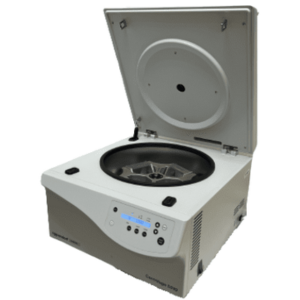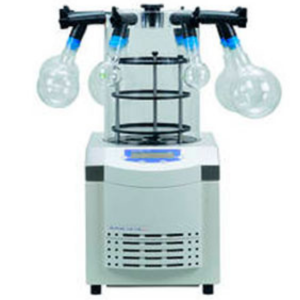Aerosol generators
Use of any of the equipment listed below results in considerable aerosol production. If hazardous bioaerosols are generated during a certain process and the equipment does not have a primary containment system, this must be done in a BSC.

Aerosol generating equipment

Further information:

- When centrifuging potentially infectious biological material, use tightly-sealed screw-cap tubes.
- It is also recommended that you use rotors with a tight lid to protect the operator from possible aerosols. These rotors can be removed from the centrifuge for safe transport.
- Inspect tubes, plugs, gaskets, adapters and rotors before use to avoid spills.
- To minimise the risk of leaks, do not overfill the centrifuge tubes. Clean the outside of the tubes with a disinfectant after filling and sealing them.
- Use centrifuges with a safety closure system to prevent them from opening while in operation.
- Ultracentrifuges must have imbalance sensors and an emergency stop function. Rotor balancing is essential.
- Use eye protection, gloves and a gown correctly.
- Perform all opening and closing operations in the BSC. If a BSC is not available, allow a minimum stabilisation time of 10 minutes before opening.
- Accidental breakage of a tube and spillage into the bucket is an important incident that must be reported immediately to the supervisor so that the equipment can be safely disinfected.
- Use a brush to periodically clean and decontaminate the rotor and chamber.

- Use specially designed equipment to prevent leaks caused by friction of the rotor with the bottom of the bowl.
- Use containers with high thermal and chemical stability, with screw caps, outlet holes with filters, if necessary, and a good fastening system.
- Wait at least 10 minutes for the aerosol cloud to settle before opening the mixer bowl.
- Use and open containers in biosafety cabinets.

Depending on the type and model of the lyophilizer, bioaerosols can be created during the loading and unloading operations of the biological material to be treated.
- Preparation of biological material should preferably be done in a BSC.
- The vacuum pump must be protected by a HEPA filter or a 0.2 µm filter to prevent the entry of contaminated bioaerosols.
- After lyophilization is complete, all exposed surfaces of the unit must be disinfected.
- If the lyophilizer is equipped with a removable chamber, it must be closed and transferred to a BSC for unloading and decontamination.
- Crop handling should be minimized and steam traps should be used whenever possible.
- Ensure containers are vacuum-proof and undamaged.